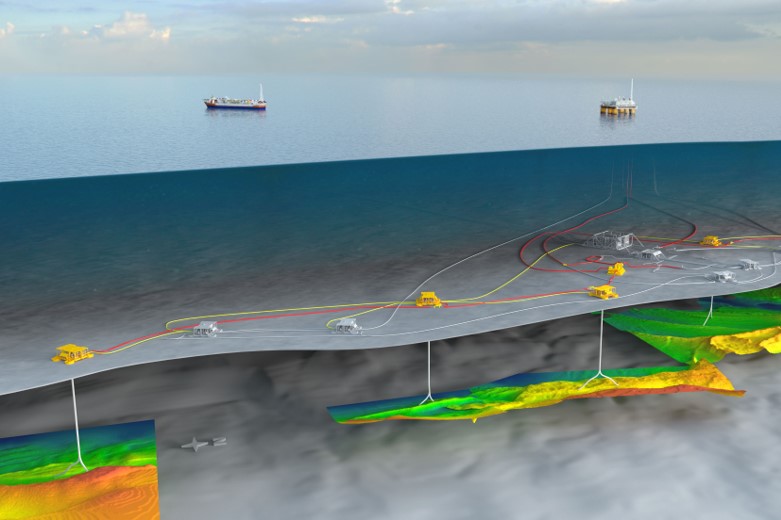Back in the early 2000’s, when I had just embarked on my working life, I remember that someone told me that fields the size of 1 Bcm were now being developed. That was in the Netherlands, and onshore.
About twenty years later, discoveries of the same size are now being developed offshore, even in the Norwegian Sea and thus quite a distance from the market where the gas will ultimately go to: Europe.
It is a sign of the increased maturity of European shelves as a whole, and a sign that gas is so much needed that it warrants the – economic – development of small discoveries mostly made in the early to mid 2000’s.
Against that backdrop, Equinor announced yesterday the joint development of six discoveries in the Norwegian Sea grouped under the name Halten East.
According to Equinor, recoverable reserves in Halten East cluster are estimated to be around 100 MMboe, 60 percent of which is gas that will be piped to Europe. That amounts to around 10 Bcm, which equates to around 10% of what Europe consumes on an annual basis.
Where are the hot plays across the NCS? Attend our NCS Exploration – Recent Discoveries Conference 8 & 9 June in Oslo and learn about the following exciting wells and fields from the operators themselves:
Toppand, Apodida, Røver Nord, Dugong Tail, Segment D, Hamlet, Talisker East, Rolvsnes, King/Prince, Warka, Wisting, Salina, Bask, Rødhette, Isflak, Snøfonn Nord, Skavl, Mugnetind, Lyderhorn, Gomez, Tyrihans Ile North, Bergknapp & Fenja.
In addition, there will be talks about frontier exploration in the Norwegian Sea, a debate on source rocks and implications on hydrocarbon generation and much more.
Where are these fields and what is their geology?

Harepus – discovered in 2009
The purpose of the 6407/6-7S well was to detect gas in the Middle Jurassic. Preliminary calculations showed that the size of the discovery is between 0.5 and 1 Bcm of gas.
Gamma – discovered in 2008
Well 6407/6-6 was drilled on the Gamma prospect on the eastern limits of the Halten Terrace. The primary objective of the well was to prove hydrocarbons in the Middle Jurassic Garn and Ile Formations in the Fangst Group and to test all prospective formations down to Åre Formation. It was estimated to contain 2-3 Bcm of recoverable gas
Flydretind – discovered in 2010
The purpose of the 6407/2-6S well was to detect petroleum in the Lower Jurassic reservoir rocks (Tilje and Rudder Formations). Preliminary calculation of the size of the discovery is between 13 and 25 MMb of recoverable oil equivalents.
Nona – discovered in 2009
The purpose of the 6407/2-5S well was to detect gas in Middle Jurassic reservoir rocks (the Yarn and Ile Formations). The well proved gas in the Yarn Formation and oil in the Ile Formation. Preliminary calculations showed that the size of the discovery is 1-2 Bcm of recoverable gas and 2-5 million standard cubic meters of recoverable oil.
Sigrid – discovered in 2001
Exploration well 6507/11-6 was drilled on the Colette structure. The primary objectives of the well were to test the hydrocarbon potential of the Middle Jurassic Garn and Ile Formations. The main result of the well was the discovery of a 30 m column of gas from the top of the Middle Jurassic Garn Formation at 3030 m.
Natalia – discovered in 2008
The purpose of the 6507/11-9 well was to detect petroleum in Middle Jurassic reservoir rocks. The well detected gas in the Middle Jurassic. The size of the discovery was estimated at about 1.5 Bcm of recoverable gas.
HENK KOMBRINK
Thanks to Factpages for making it possible to put together a quick overview of the discoveries.





